When you hold a sturdy, beautifully finished aluminum case in your hands, it’s easy to admire its sleek look and solid feel. But behind every finished product lies a meticulous process—one that transforms raw aluminum materials into a case ready to protect, transport, and showcase valuable items. Let’s take a closer look at how an aluminum case is made and how it passes strict quality inspections before reaching customers.
Selecting and Preparing the Materials
The journey begins with aluminum alloy sheets and profiles—the backbone of the case’s durability and lightweight nature. These materials are carefully chosen to meet strength and corrosion resistance requirements. To ensure precision from the start, the aluminum alloy sheet is cut into the exact size and shape needed using high-precision cutting equipment. This step is critical: even the smallest deviation can affect the fit and structure later in the process.
Alongside the sheets, aluminum profiles—used for structural support and connections—are also cut to precise lengths and angles. This requires equally accurate cutting machinery to maintain consistency and ensure all parts fit seamlessly during assembly.
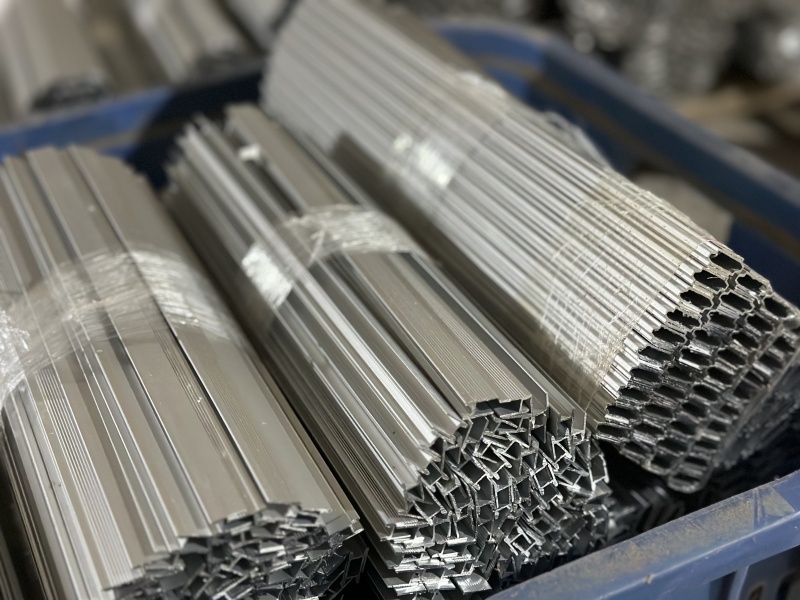
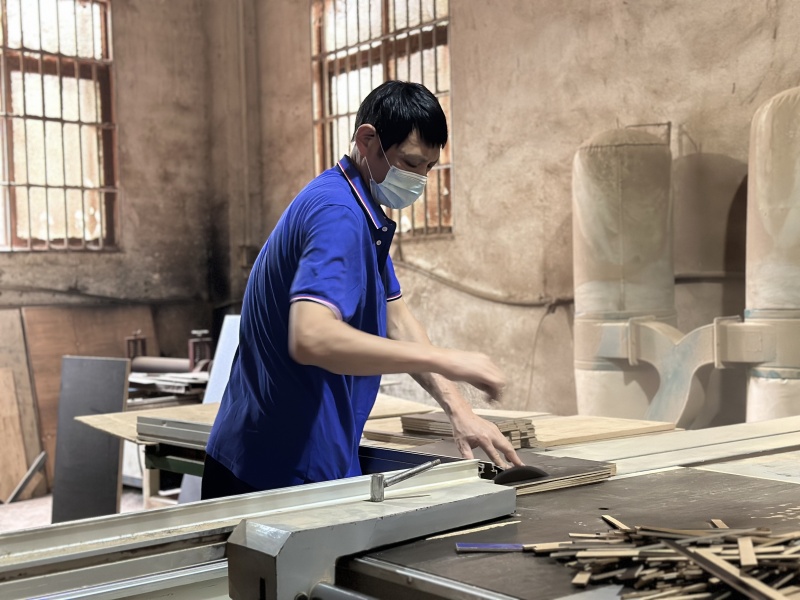
Shaping the Components
Once the raw materials are sized correctly, they move into the punching stage. This is where the aluminum sheet is shaped into the individual components of the case, such as the main body panels, cover plates, and trays. Punching machinery applies controlled force to cut and form these parts, ensuring each piece matches the required dimensions. Accuracy here is vital; a poorly shaped panel could lead to gaps, weak points, or difficulty during assembly.
Building the Structure
After the components are ready, the assembly phase begins. Technicians bring together the punched panels and profiles to form the preliminary frame of the aluminum case. Depending on the design, assembly methods may include welding, bolts, nuts, or other fastening techniques. In many cases, riveting plays a key role—rivets provide a secure, long-lasting connection between parts while maintaining the case’s clean appearance. This step not only shapes the product but also sets the foundation for its structural integrity.
Sometimes, additional cutting or trimming is necessary at this stage to meet specific design features. Known as “cutting out the model,” this step ensures the assembled structure matches the intended look and functionality before moving forward.
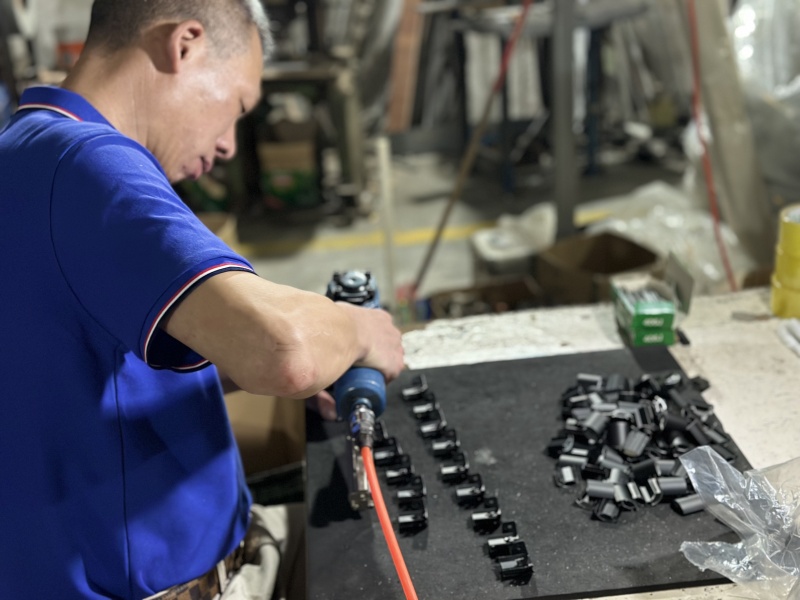
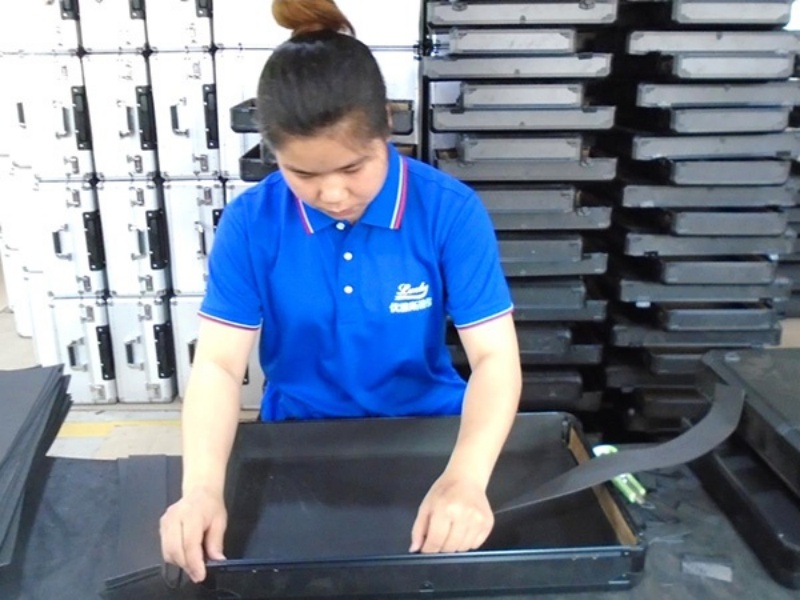
Reinforcing and Enhancing the Interior
Once the structure is in place, attention turns to the interior. For many aluminum cases—especially those designed for tools, instruments, or delicate equipment—foam lining is essential. Adhesive is carefully applied to bond EVA foam or other soft materials to the inner walls of the case. This lining not only improves the product’s appearance but also enhances its performance by absorbing shocks, reducing vibration, and protecting contents from scratches.
The lining process requires precision. After gluing, the interior must be examined for bubbles, wrinkles, or loose spots. Any excess adhesive is removed, and the surface is smoothed to achieve a neat, professional finish. This attention to detail ensures the case looks as good on the inside as it does on the outside.
Ensuring Quality at Every Stage
Quality control is not just a final step—it’s embedded throughout the entire manufacturing process. Inspectors check each stage for accuracy, whether it’s the cutting dimensions, punching precision, or the quality of the adhesive bonding.
When the case reaches the final QC phase, it undergoes a series of rigorous tests, including: Appearance inspection to ensure there are no scratches, dents, or visual defects. Dimensional measurement to confirm every part meets the exact size specifications. Sealing performance tests if the case is designed to be dust-proof or water-resistant. Only cases that meet all the design and quality standards after these tests proceed to the packaging stage.
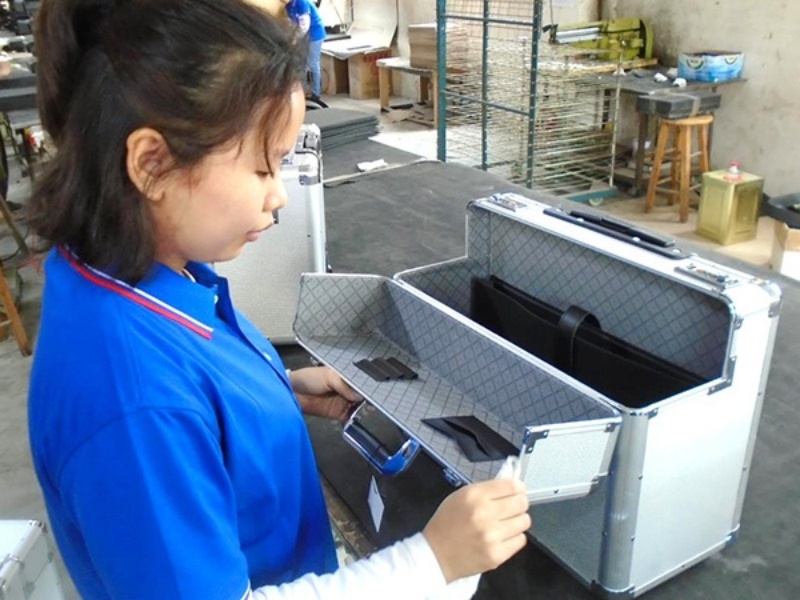
Protecting the Finished Product
Even after the case passes inspection, protection remains a priority. Packaging materials such as foam inserts and strong cartons are used to prevent damage during transit. Depending on the customer’s requirements, packaging may also include custom branding or protective wrapping for extra security.
Shipping to the Customer
Finally, the aluminum cases are shipped to their destination, whether that’s a warehouse, retail store, or direct to the end user. Careful logistics planning ensures they arrive in perfect condition, ready to be put to use.
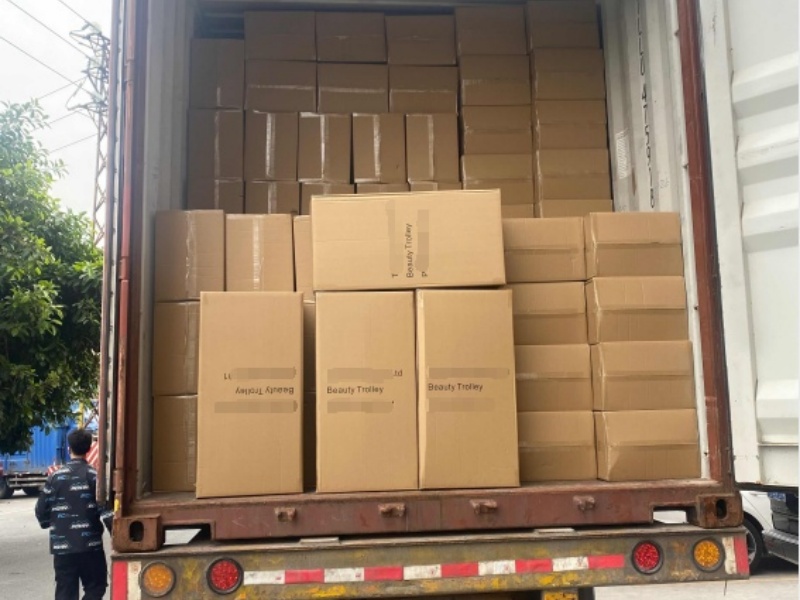
Conclusion
From the first cut of aluminum alloy to the moment the case leaves the factory, every step is carried out with precision and care. This combination of skilled craftsmanship, advanced machinery, and strict quality inspection -prevention test—is what allows an aluminum case to deliver on its promise: strong protection, professional appearance, and long-lasting performance. When you see a finished aluminum case, you’re not just looking at a container—you’re holding the result of a detailed, quality-driven journey from raw materials to a product that’s ready for the real world. That’s why we recommend our Lucky Case aluminum cases, engineered to meet the highest standards and built to protect what matters most.
Post time: Aug-16-2025






